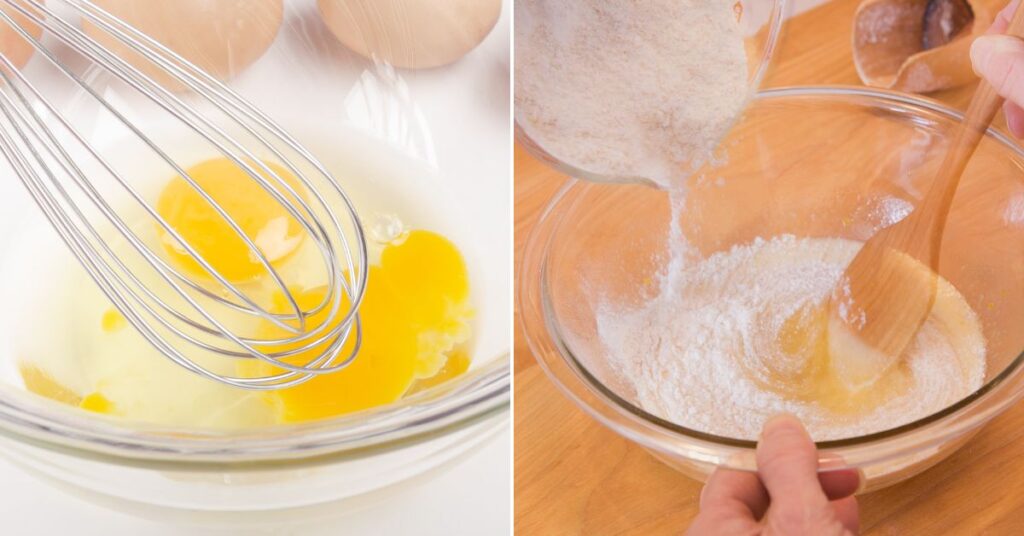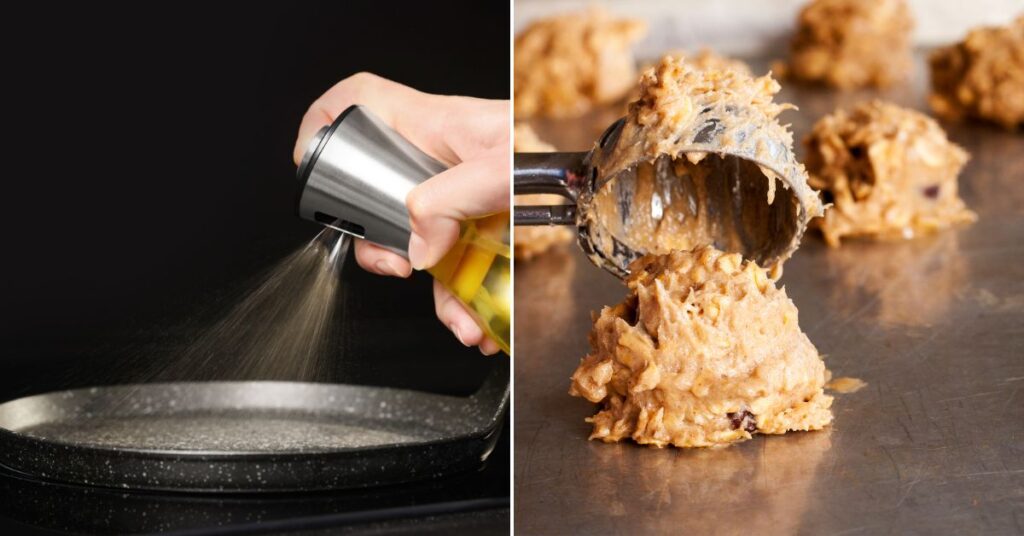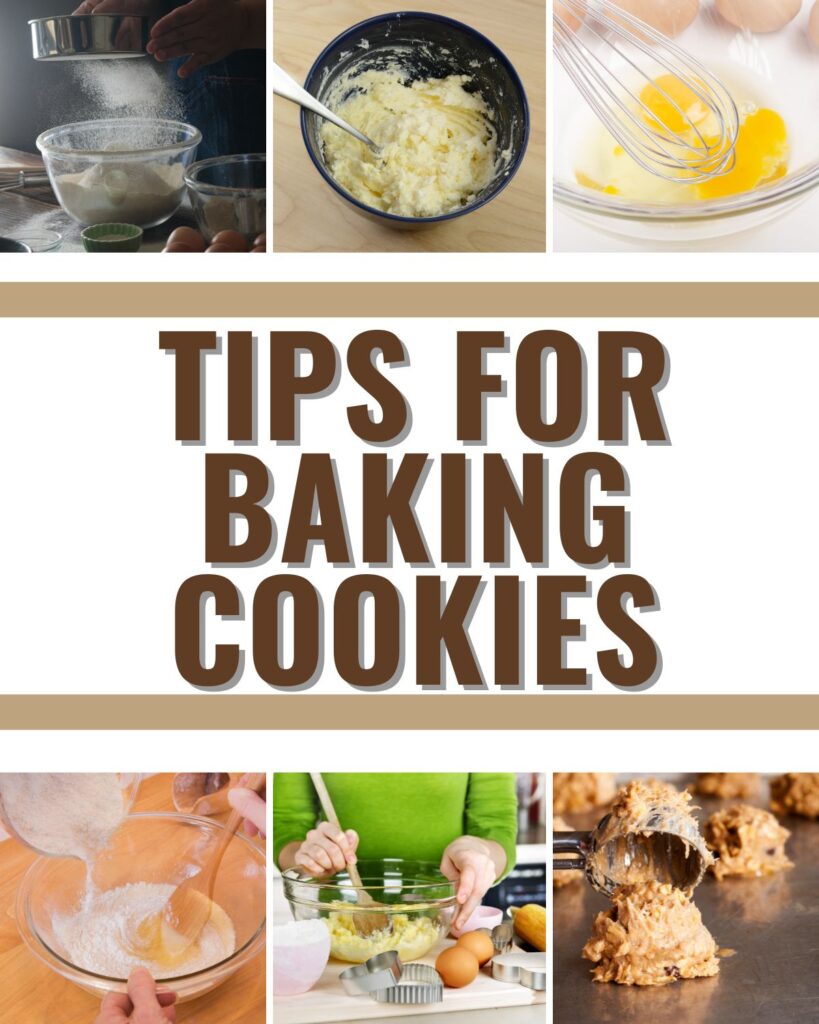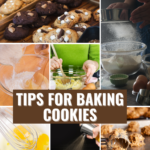Using tips for baking cookies is a great way to improve your cookie baking skills. Everyone enjoys a good cookie, especially homemade.
Whether it’s chocolate chip cookies, snickerdoodles, gingerbread cookies, or sugar cookies, all cookie baking starts from the ground up. By using these cookie baking tips, you will be one step closer to having delicious homemade cookies in your kitchen.

If your cookies aren’t turning out the way that you wanted, this is the place for you. Although cookie baking may seem challenging, you can successfully make the cookies you desire in just a few steps. By using these easy to read tips for baking cookies, your cookies will be better in no time.
By the way, did you know that cookies are presumed to be created in Persia with the new found growth of sugarcane in the 7th century A.D.? Dodocookiedough.com provides a more detailed summary about the creation of cookies.
If you’re looking for some different cookie recipes to try out these tips, you should try these: Andes mint chocolate cookies, crinkle brownie cookies, or funfetti sugar cookies.
Tip 1: Sifting dry Ingredients
Sifting dry ingredients is an important cookie baking tip. It will break up any lumps so you get an accurate measurement. Sifted ingredients are lighter and airier, which makes them easier to mix in with other ingredients, resulting in a super light, fluffy baked cookie.

Tip 2: Cream the Butter and Sugar
Creaming the butter and sugar together will create air pockets which will help your cookies become lighter and more fluffy.
Tip 3: Beat in the Eggs one at a Time
Beating the eggs into the creamed butter and sugar one at a time allows the air pockets to moisturize. This allows the ingredients to blend together well, which helps give flavor to your cookie dough.

Tip 4: Add the dry Ingredients to the wet Ingredients
By adding the dry ingredients to the wet ingredients, this makes the mixing process a lot easier. If you add wet ingredients to your dry ingredients, it will be harder to mix, which can cause over-mixing that can overdevelop gluten.
Tip 5: Use Cooking Spray
Using cooking spray will allow you to remove your cookies from your tray easier and will prevent your cookies from leaving crumbs behind. This also makes clean up much easier and quicker.

Tip 6: Use a Cookie Scoop
Lastly for tips on baking cookies, try scooping the dough with a cookie scoop. This will allow you to create more evenly shaped cookies on your pan.
Cookie Baking FAQs





